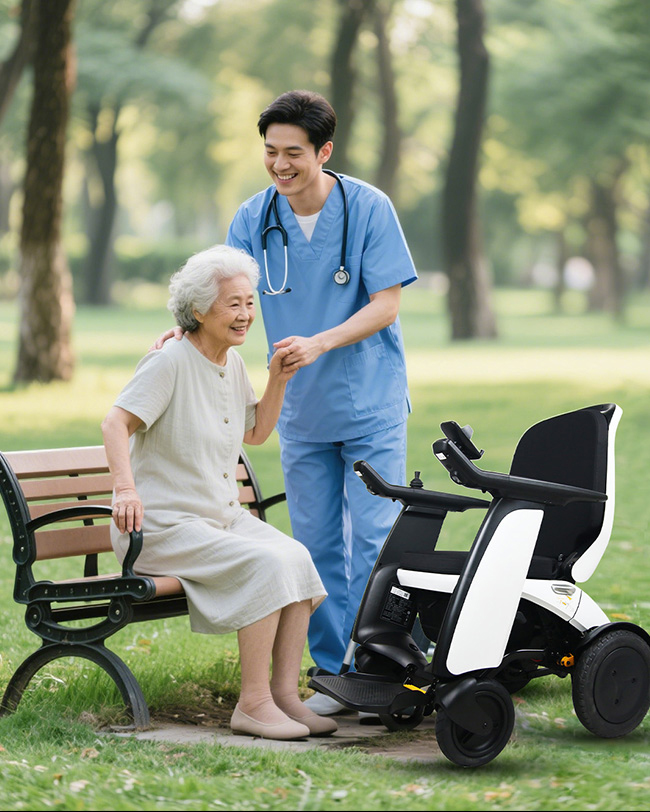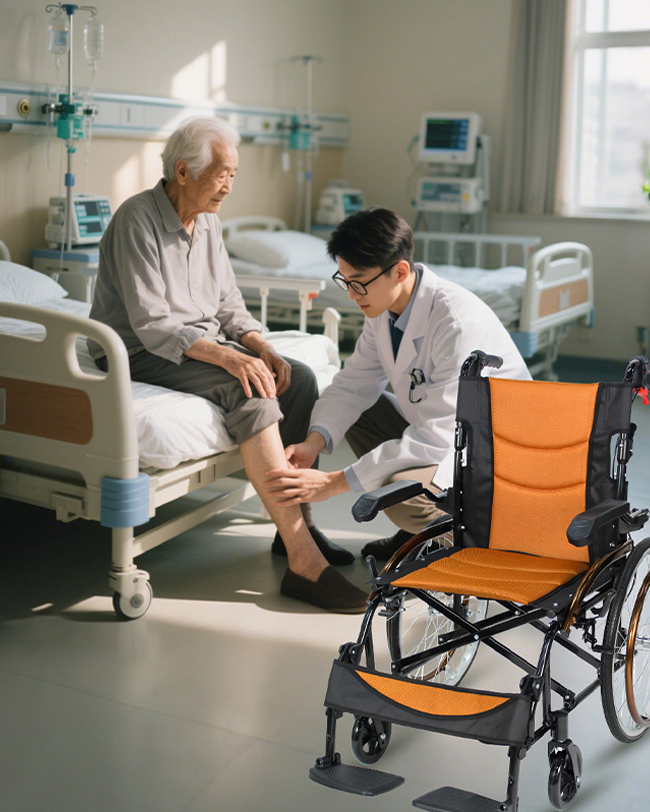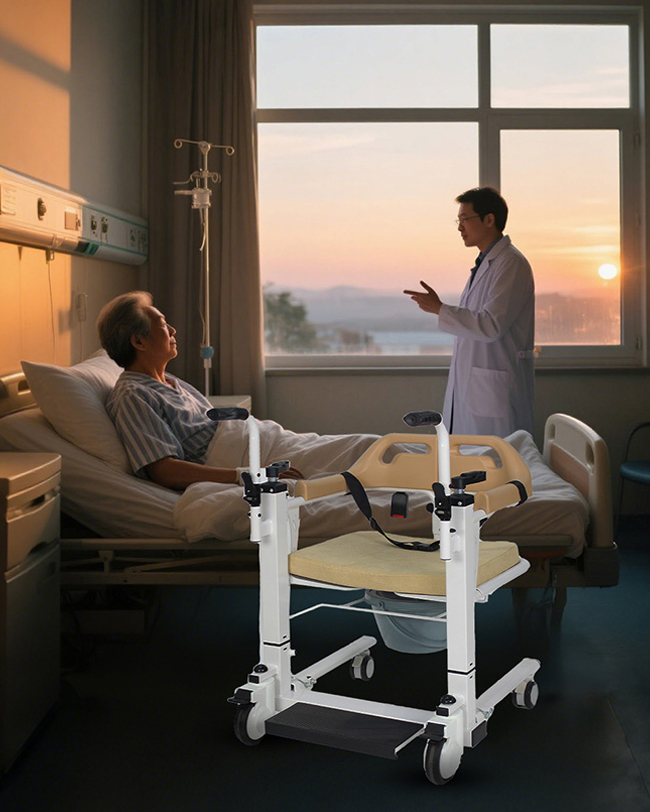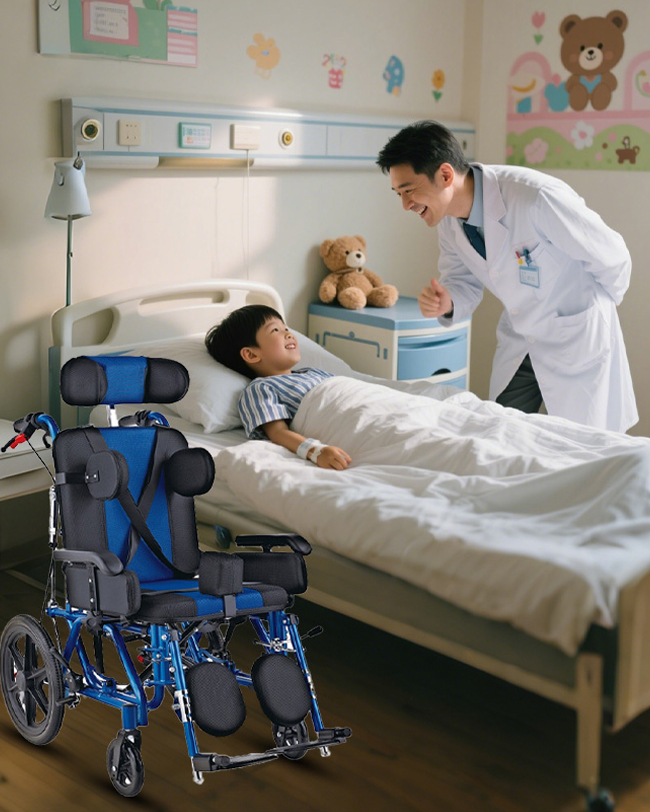In a world where mobility is often taken for granted, the need for assistive devices such as transfer chair becomes a critical consideration for many individuals. Whether due to temporary injuries, chronic conditions, or the natural aging process, transfer chair offer a lifeline to those seeking to maintain their independence and quality of life. This article delves into the various reasons why someone might require a transfer chair.
Mobility is a fundamental aspect of human life, enabling us to engage with our environment, participate in social activities, and maintain our overall well-being. However, for some, this basic ability is compromised due to various health conditions or physical limitations. Transfer chairs are designed to address these challenges, providing a means of support and assistance that allows individuals to move safely and comfortably.
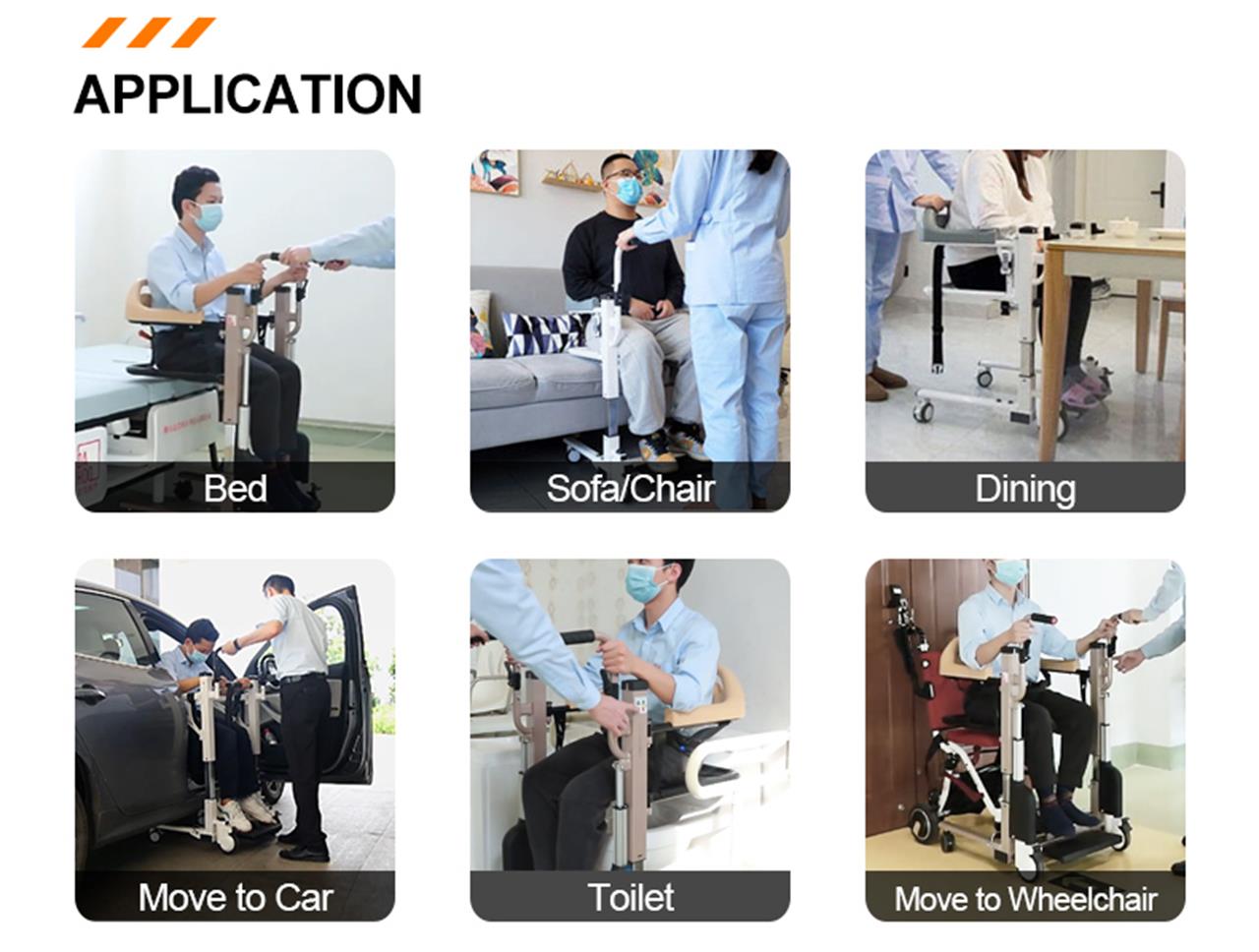
Patient Transfer Chairs: Designed for Care
Patient transfer chairs are specifically designed to facilitate the safe and comfortable transfer of individuals between different surfaces, such as from a bed to a wheelchair or a car seat. These chairs are an essential tool in healthcare settings and for individuals with limited mobility at home.
· Safety: The primary concern with patient transfer chairs is safety. They are equipped with features that ensure the user is secure during the transfer process, reducing the risk of falls and injuries.
· Ease of Care: For caregivers, patient transfer chairs simplify the process of moving patients, reducing the physical demands on staff and allowing for more efficient care.
· Comfort: These patient transfer chairs are designed with comfort in mind, with padded seats and backrests that provide support and minimize discomfort during transfers.
General Transfer Chairs: A Broad Solution
General transfer chairs cater to a wide range of users, from those with temporary mobility issues to those with long-term disabilities. These transfer chairsare designed to be sturdy, reliable, and adaptable to various needs.
Durability: These transfer chairs are built to last, with robust frames and high-weight capacities, making them suitable for daily use.
Adjustability: Many general transfer chairs offer adjustable features, such as seat height and angle, to accommodate different user preferences and needs.
Accessibility: These transfer chairs are designed to be easily accessible, with features like removable armrests and foldable frames, making them convenient for use in various environments.

Elderly Transfer Chair: Aging Gracefully with Support
As the population ages, the need for assistive devices like elderly transfer chair becomes more prevalent. This elderly transfer chair is tailored to the specific needs of older adults, providing support and comfort to maintain their independence.
Stability: Elderly transfer chairs prioritize stability, with wide bases and low centers of gravity to prevent tipping.
Ease of Operation: Considering that some elderly users may have limited strength or dexterity, these transfer chairs are designed for easy operation, with features like easy-to-reach brakes and simple mechanisms for folding and unfolding.
Aesthetics: Recognizing that form and function are both important, elderly transfer chair is designed with a sleek, modern look that blends seamlessly into the home environment.
The Impact of Transfer Chairs on Quality of Life:
The use of transfer chairs extends far beyond mere physical mobility. These transfer chairs can significantly impact a person's quality of life, providing not only physical support but also psychological benefits.
Social Inclusion: By allowing individuals to move more freely, transfer chairs can help users stay connected with their communities, participate in social events, and maintain a sense of normalcy.
Emotional Well-Being: The independence and autonomy afforded by transfer chairs can boost self-esteem and reduce feelings of isolation or helplessness.
Health Benefits: Regular movement is crucial for overall health, and transfer chairs can facilitate this, helping to prevent complications associated with prolonged immobility, such as muscle atrophy and blood clots.
Transfer chairs are more than just mobility aids; they are tools that empower individuals to maintain their independence and engage fully with life. Whether for the elderly, patients in recovery, or those with temporary mobility issues, the right transfer chair can make a significant difference in daily life. As we continue to innovate and improve upon these devices, the future looks bright for those who rely on transfer chairs, with increased comfort, functionality, and style on the horizon.

